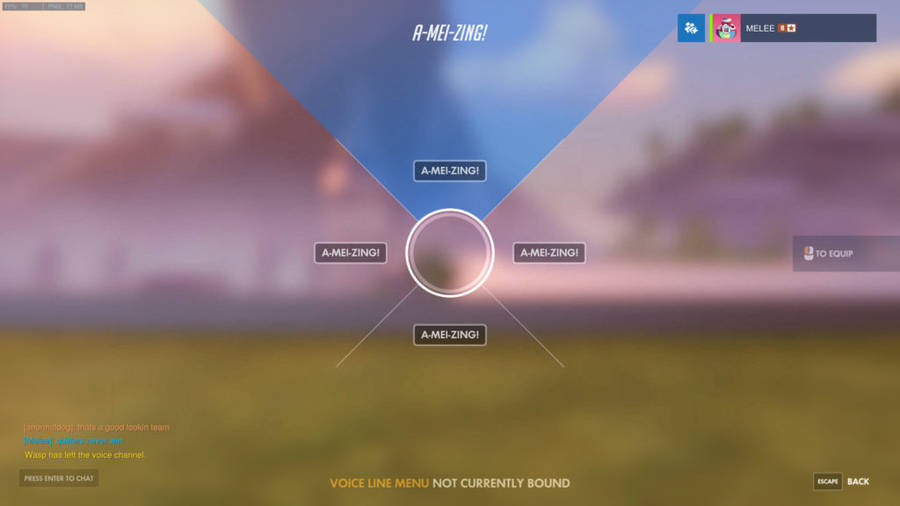Once your piece is submitted, it undergoes an anonymous peer-review process to decide if it should be included in this year’s edition of Tapestry. Written material will get a verdict of “In”, “Out”, or “Manuscript”. If a piece shows potential but needs revision, we’ll look up the author and invite him or her to discuss it with the Senior Staff during Manuscript, which is open every day in room 176 during QRT. The selection process is completely open; any student is welcome to join the Tapestry staff by attending the peer-review meetings. They take place every other Thursday, and like Manuscript sessions are in room 176 during QRT.
You can share your materials with us any time between now and February. After that, submissions are closed so that we can plan, edit, and revise the book’s format before publication. The members of Senior Staff work together to create a unique book each year: the Grammarian checks all the written pieces for grammar, Art Liaisons create the book’s cover, and the Head of Layout comes up with preliminary designs and ideas. Then the entire Senior Staff gets together and edits the first drafts of the book...
...Then there’s a party! We’ll hold a publication party in May once the book is finally printed and sent to us. It’s pretty awesome; I’m pretty sure Taylor Swift’s coming. I sent her an email yesterday. I don’t want overhype it, but Taylor Swift could totally be there. So… yeah.
How to submit: If you’re reading this, I assume you’re already on the Tapestry Blog. In that case, click the button on the top right that says “Submit to Tapestry”. It’ll take you to a form where you can fill out information about yourself and your piece, but remember to share it with us on Google Docs too!
Alternately, you can go to tinyurl.com/submit-to-tapestry to access the form.
But there’s more to Tapestry than just submitting to a book! We set up open mics throughout the year -- if you have a slam poem, song, or other performance piece you want to share, the open mics are the place to do it. Tapestry even hosts local speakers who come to share their thoughts or conduct slam poem workshops!
What are you waiting for?
Get writing!
 |
| Here's a picture of Taylor Swift lookin' fine. |



